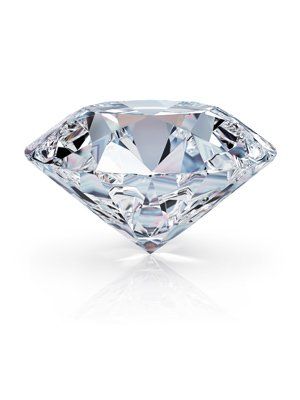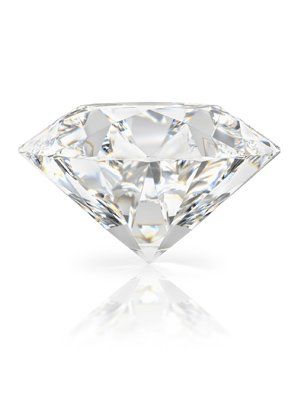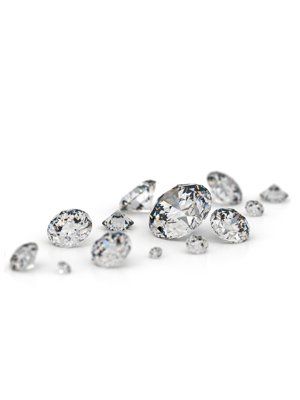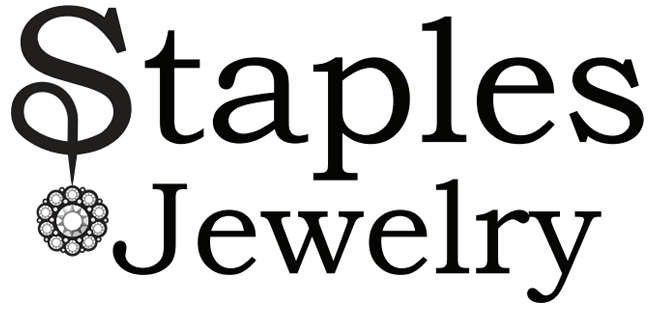Diamonds: What You Need To Know To Make The Perfect Selection

DIAMONDS
The rare and beautiful diamond comes in many shapes; the most popular being the round brilliant. The top ten diamond shapes are the round, princess, marquise, pear, oval, cushion, emerald, asscher, radiant and heart.
Each gem is unique, having specific qualities that establish its value. There are four factors to describe and classify diamonds—the cut, carat, clarity, and color. Known as the 4Cs, these value factors are used by diamond professionals in evaluating a diamond’s quality and value.
At Staples Jewelry, our diamond specialists have a comprehensive understanding of those qualities and can help you choose wisely when shopping for a diamond.

CUT
Diamonds come in many shapes, and although the cut is often thought about in terms of the diamond’s shape, the cut grade is really about how well a diamond’s facets interact with light.
The stone’s cut determines a diamond’s sparkle and brilliance. The diamond’s cut is crucial to the final beauty and value of the stone. How a diamond interacts with light creates desirable effects such as:
BRIGHTNESS
Internal and external white light reflected from a diamond
FIRE
The scattering of white light into all the colors of the rainbow
SCINTILLATION
The amount of sparkle produced, and the pattern of light and dark areas caused by reflections within the diamond
Of all the diamond 4Cs, the diamond’s cut is the most complex and technically difficult to analyze.

CLARITY
A diamond’s clarity refers to the absence of inclusions and blemishes. Natural diamonds are the result of carbon exposed to very high heat and pressure deep down in the earth. This process can result in a variety of internal “inclusions’ and external “blemishes” on the stones.
Evaluating diamond clarity involves determining the number, size and position of the inclusions and blemishes, as well as how they affect the stone's overall appearance. No diamond is perfectly pure, but the fewer the imperfections, the higher the value.
There are several grades of clarity. At the top of the scale, the “flawless” diamond has no visible inclusions and blemishes. At the bottom, the “included” diamond has obvious inclusions under magnification that may affect the diamond’s brilliance.
Since many inclusions and blemishes are too tiny to be seen by the naked eye, it is important to have a trained diamond professional assess a diamond’s clarity when shopping for a diamond.

COLOR
The absence of color is the basis for color evaluation of most gem-quality diamonds. A higher value diamond has no hue; it is pure, clear and colorless. The lower the value, the more yellowish the gem color appears.
Although these color distinctions make a big difference in diamond quality and price, many of these distinctions are so subtle that they are invisible to the untrained eye.

CARAT
A diamond’s carat is the measurement of its weight. A metric “carat” is defined as 200 milligrams. A diamond under one carat can also be measured by its “points”. For instance, a diamond weighing .5 carats may be referred to as a “fifty pointer”.
A diamond’s price increases with diamond carat weight, because larger diamonds are more desirable and more rare. But two diamonds of equal carat weight can be priced very differently depending on the three other factors of the diamond 4Cs--the color, clarity and cut.
It’s important to understand that the value of a diamond is determined using all of the 4Cs, not just the carat weight.
